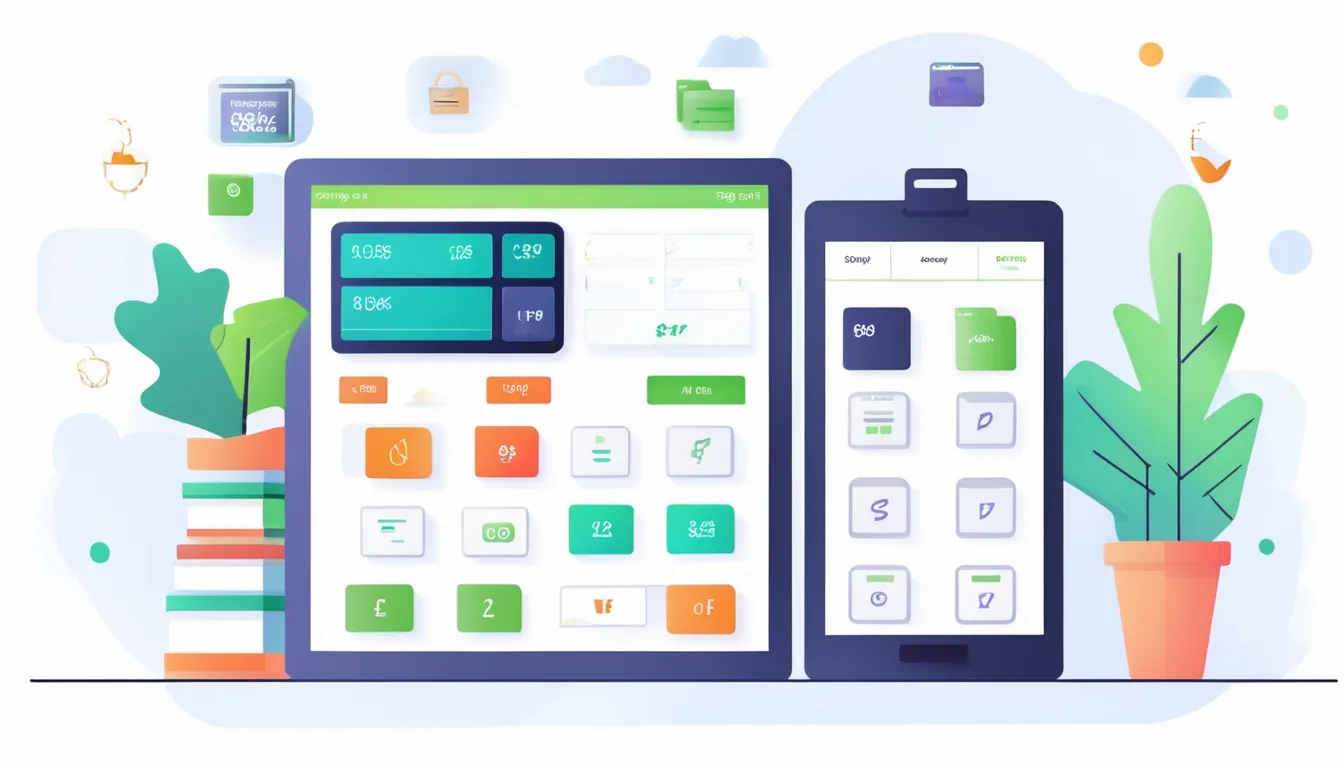Getting started with Shopify POS doesn’t have to be overwhelming, and with the right approach, you can set yourself up for success. You’ll want to log into your admin panel to establish your account and get familiar with the essential features. Once you download the Shopify POS app, integrating it across your devices is a breeze. But understanding how to manage payments and inventory effectively is crucial, as it directly impacts your operations. So, what are the key steps you should prioritize to ensure a smooth launch?
Understanding Shopify POS Features
When you dive into Shopify POS, you’ll discover a range of features designed to enhance your retail experience. First, you’ll appreciate the intuitive interface that allows you to navigate easily, making transactions smooth and efficient. You can accept various payment methods, including credit cards, mobile wallets, and gift cards, ensuring your customers have options at checkout.
Inventory management is another standout feature. You can track your stock levels in real time, receive alerts for low inventory, and even sync your online store with your physical location. This way, you won’t accidentally sell items you don’t have in stock.
Additionally, Shopify POS offers customer management tools. You can create customer profiles, track purchase history, and send personalized marketing campaigns. This helps you build stronger relationships with your clientele and encourage repeat business.
Lastly, reporting and analytics are at your fingertips. You can access sales reports, product performance metrics, and customer insights, allowing you to make data-driven decisions for your retail operations.
With these features, Shopify POS empowers you to streamline your processes and enhance your overall customer experience.
Setting Up Your Account
To set up your Shopify POS account, start by logging into your Shopify admin panel. Once you’re in, navigate to the “Settings” section. Here, you’ll find options to customize your account settings, including location management, staff accounts, and general POS preferences.
Next, consider the following key settings:
| Setting | Description |
|---|---|
| Locations | Manage where your inventory is stored and sold. |
| Staff Accounts | Create accounts for employees who’ll use the POS. |
| Checkout Options | Set preferences for checkout processes, including receipts and discounts. |
| Inventory Management | Adjust how you track and handle stock levels. |
Make sure to fill in all necessary details for each section. Once you’ve set everything up, double-check your entries to ensure accuracy. After you’re satisfied, you can proceed to download the Shopify POS app on your device. This app integrates seamlessly with your settings, allowing you to manage sales and inventory smoothly. With your account set up correctly, you’re now ready to take full advantage of Shopify POS!
Configuring Payment Options
Configuring your payment options is crucial for a smooth checkout experience. To get started, log into your Shopify POS account and navigate to the “Settings” tab. Here, you’ll find the “Payments” section, where you can choose the payment methods you want to accept. Shopify POS supports various options, including credit cards, debit cards, and mobile payments like Apple Pay and Google Pay.
You’ll want to connect your payment processor, whether it’s Shopify Payments or a third-party provider. If you’re using Shopify Payments, simply follow the prompts to set it up. For third-party processors, ensure you have your account information handy, as you’ll need it to complete the integration process.
Don’t forget to check your transaction fees, as they can vary between payment methods. Once you’ve configured everything, test your setup with a small transaction to ensure everything’s working correctly. This step will help you identify any issues before you start serving customers.
Managing Inventory Efficiently
Efficiently managing your inventory is essential for keeping your business running smoothly and meeting customer demand.
With Shopify POS, you have the tools you need to streamline your inventory management and ensure you always have the right products on hand.
Here are some key tips to help you get started:
- Track inventory in real-time: Use Shopify’s built-in inventory tracking feature to monitor stock levels instantly. This way, you can quickly identify when it’s time to reorder products.
- Set low stock alerts: Don’t wait until you’re completely out of stock. Set alerts to notify you when inventory levels reach a predefined threshold, so you can replenish items before they run out.
- Organize products logically: Categorize your inventory in a way that makes sense for your business. Group similar items together, and use descriptive tags to make searching easier.
Enhancing Customer Experience
With your inventory well-managed, it’s time to focus on enhancing the customer experience. Start by creating a welcoming atmosphere in your store. Use soft lighting and engaging displays to make your shop inviting.
When customers walk in, greet them warmly and be ready to assist.
Utilize Shopify POS to streamline transactions. A quick checkout process leaves customers feeling valued and respected. Make sure your staff is trained to use the system efficiently, so they can address customer inquiries without delay.
Consider offering personalized recommendations based on previous purchases or preferences. This shows customers you care about their needs.
Implement loyalty programs that reward repeat visits, encouraging customers to return.
Gather feedback through surveys or casual conversations. This gives you insight into areas for improvement.
Don’t forget to engage with customers on social media; it helps build a community around your brand.
Lastly, create a seamless omnichannel experience. Ensure customers can easily transition between online and in-store shopping.
Conclusion
Getting started with Shopify POS doesn’t have to be overwhelming. By understanding its features, setting up your account, configuring payment options, and managing inventory effectively, you’ll set yourself up for success. Don’t forget the importance of enhancing customer experience through staff training and personalized service. With these tips, you’ll create a smooth and efficient operation that keeps your customers happy and your business thriving. Dive in and enjoy the benefits of Shopify POS!



